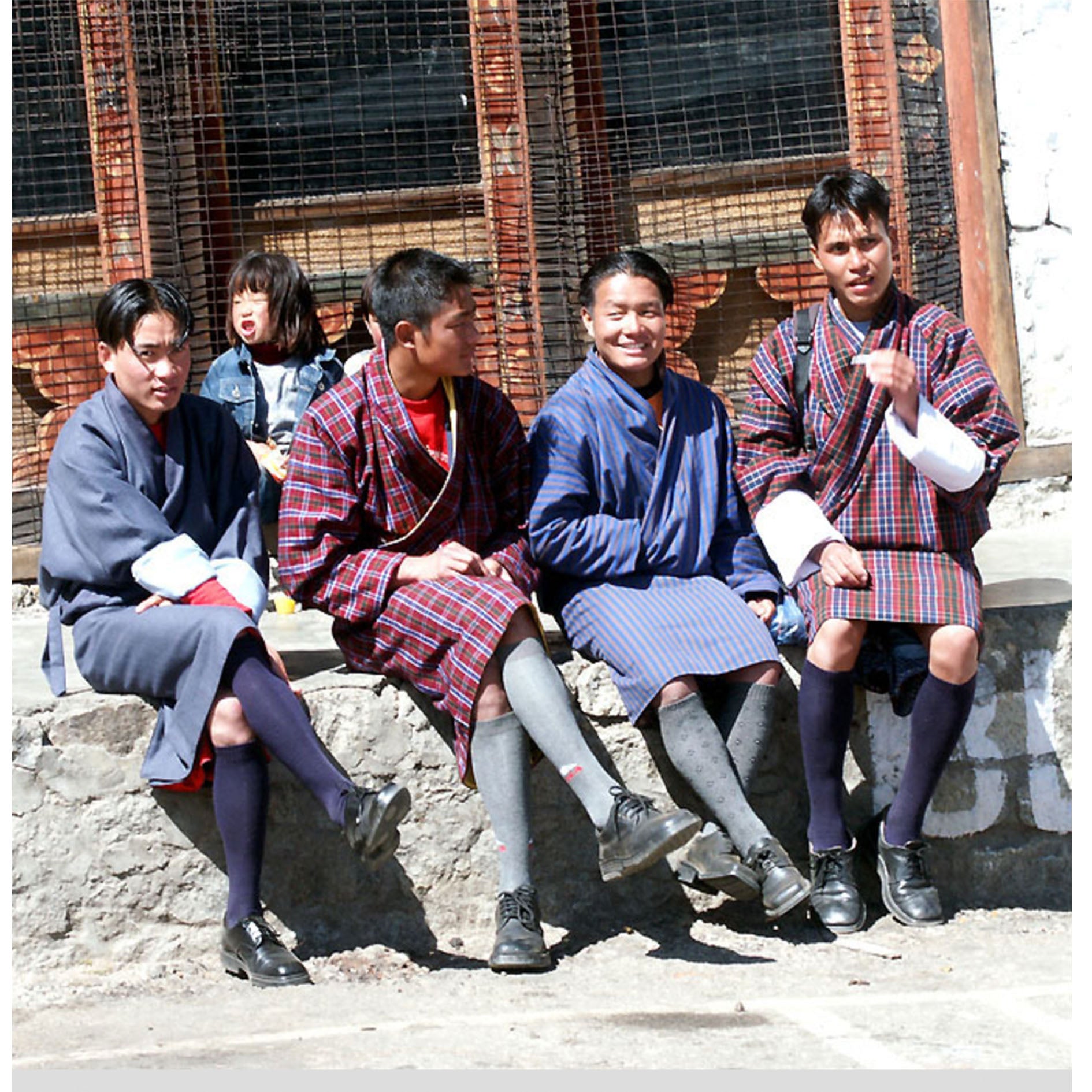
GENDER NEUTRAL FASHION
As more and more catwalks are graced by formless, shapeless, darker-hued shirts and trousers, and high streets are populated with young women in clad head to toe in tracksuits, it is becoming clearer now than ever before that gender neutrality in fashion is becoming not only mainstream but default. And in the same breath, accessories in all sorts of colourful and funky prints are also being purchased by both men and women without second guesses. However, there is one issue: gender-neutral fashion is just men’s fashion in disguise - I mean, where are all the skirts?
THE HISTORY
Well, accordingly to history - they were everywhere, and I mean, everywhere. Before clothing began to take on gendered divisions, skirts were de-facto wear for the majority of humanity’s most ancient and revered civilisations: the Egyptians adorned themselves with gauzy wraps and loincloths; the Greeks and Romans were wedded to togas that donated class and status; while the Aztecs were always ornate in their capes, tabards and sashays.
CAN MEN WEAR SKIRTS
Even today, as skirts have largely vacated the wardrobes of most Western men, similar items remain the staple for lots of cultures and ethnicities across the world, although mostly in the Global South. For example, look no further than the shalwar kameez and kurta, a long collarless shirt worn over matching trousers by the majority of men in the Indian subcontinent; the sarong is abundant across South-East Asian countries like Thailand and Cambodia; or even the Djellaba, a loose-fitting robe worn in Nigeria, Mali and other Western African nations; and of course, the is the Scottish kilt.

Phil's All Embracing Bhutan slide show. Teenagers hanging in Downtown Jakar
TOXIC MASCULINITY
If history and the Global South say different, why are skirts still only limited to female bodies in the West? The answer is both simple and complex. Dresses, skirts and the such, are considered to be feminine, and in a patriarchal society that demands that all men stuff themselves into one little box named masculinity, doing anything feminine is a transgressive act punishable by ridicule. Also stuffed in that box is the tired, toxic old belief that manliness should be a synonym for strength and by default, femininity should mean weakness. Hence why women wear suits to feel ‘powerful’ and men wear dresses or skirts on Halloween as a joke or for the titillation in deep, dark secrecy.
THE FUTURE OF GENDER NEUTRAL DESIGN
If we are to strive for a more inclusive and accepting world, clothing brands should be approaching design with the ethos that personal taste should be what dictates choice and style, not gender. Fortunately, bold, fresh-thinking brands are blossoming on the fashion landscape to challenge gender stereotypes, outdated and limiting ideas around clothing and accessories. One such brand that supports its customer’s right to choose without pressure is UppyBags (https://uppybags.com), which creates eco-friendly bags suited to all shapes and sizes, in such a spectrum of colours and designs that anyone can find something that they like amongst its abundant, gender neutral collection of messenger, yoga, duffle, shoulder, laptop, tote bags.

'UppyBags'
After all, fashion should be about self-expression, enjoyment and being our most authentic selves. Some of the other brands channelling this spirit are Lucy and Yak (https://lucyandyak.com), a Brighton-based brand that doesn’t split its clothes by gender and runs campaigns that often centre on men wearing dresses, and Thom Browne, an American clothing label that creates skirts with traditionally masculine textures and detailing for both men and women.

'Lucy and Yak'
Written by Silva Chege https://silvawpius.wordpress.com/

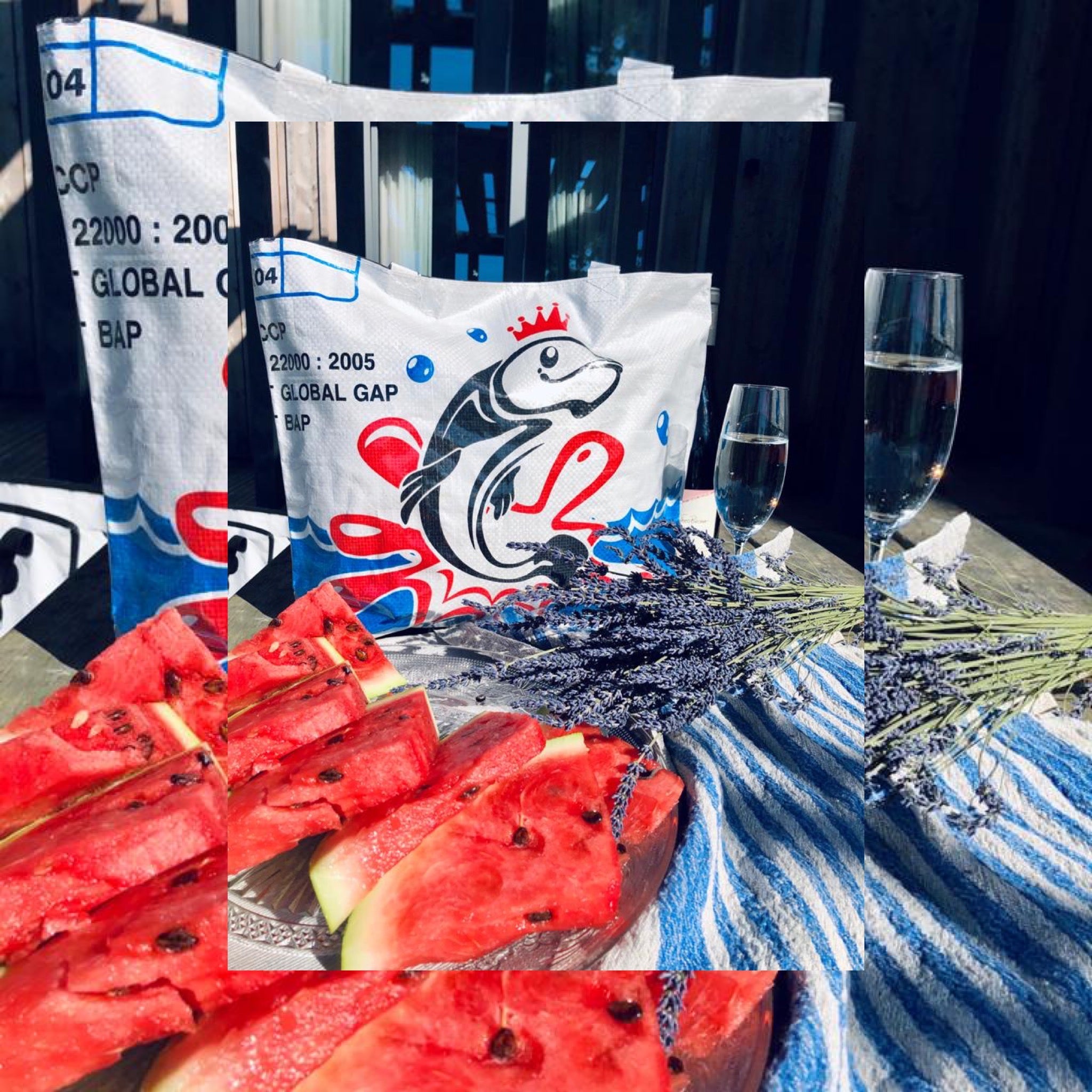
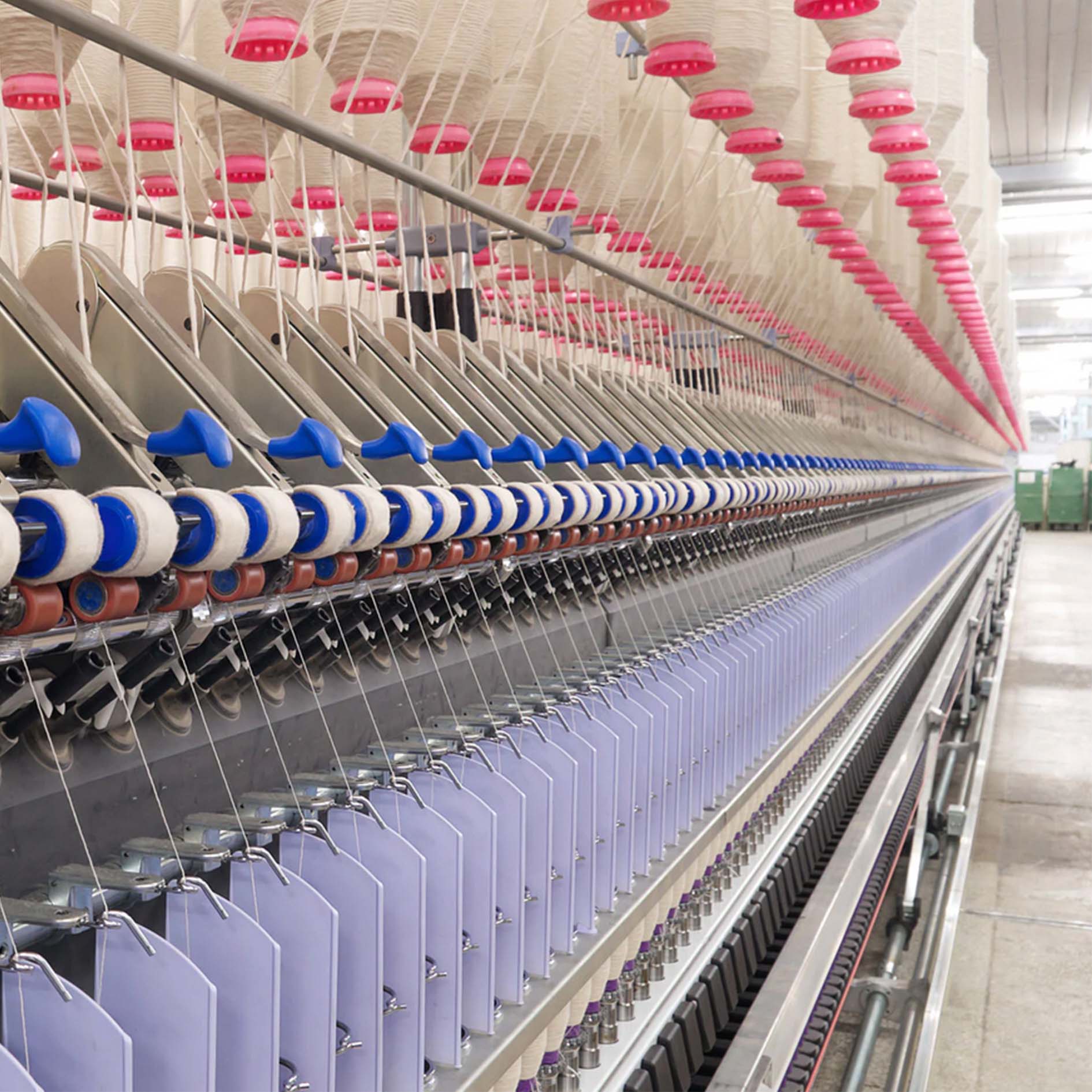
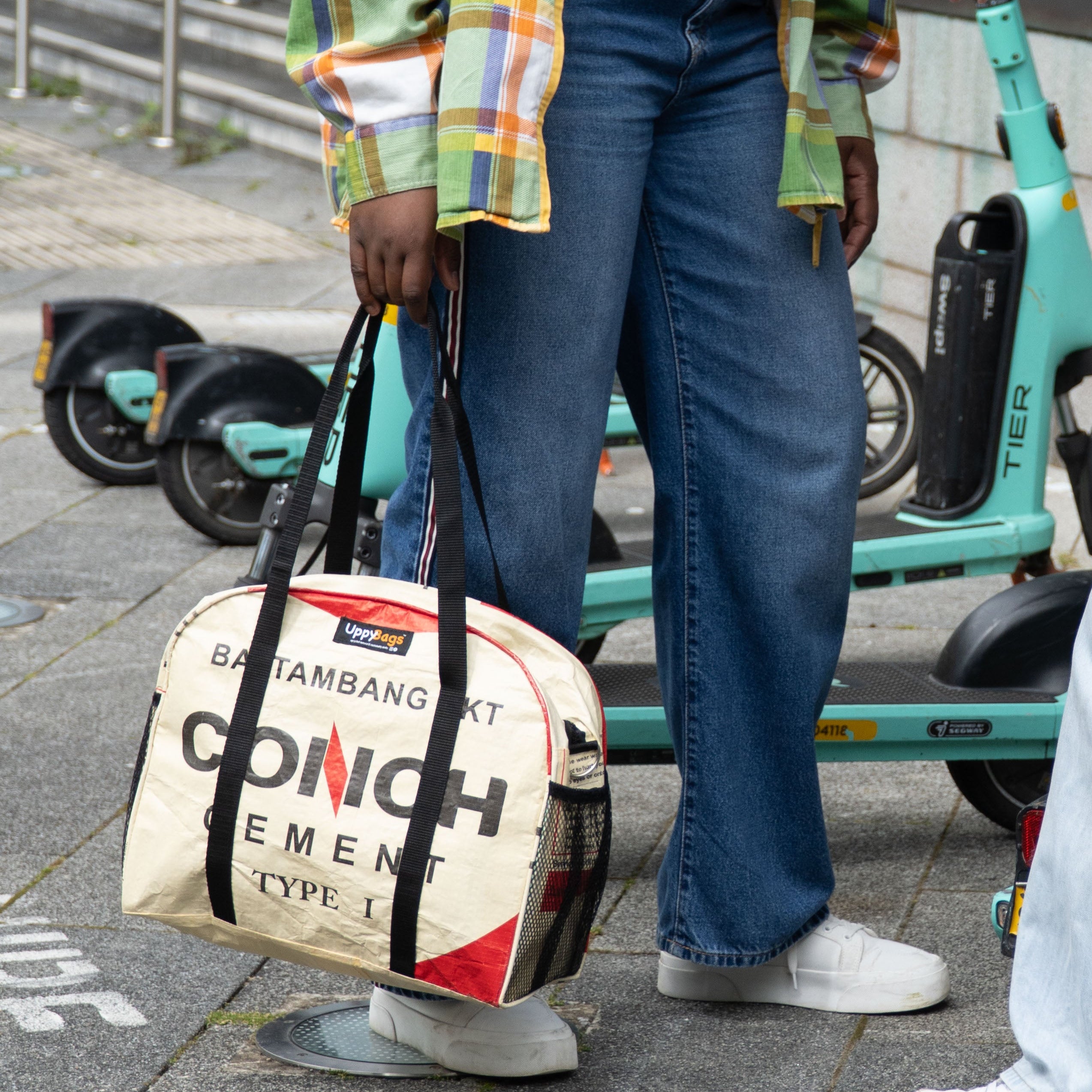
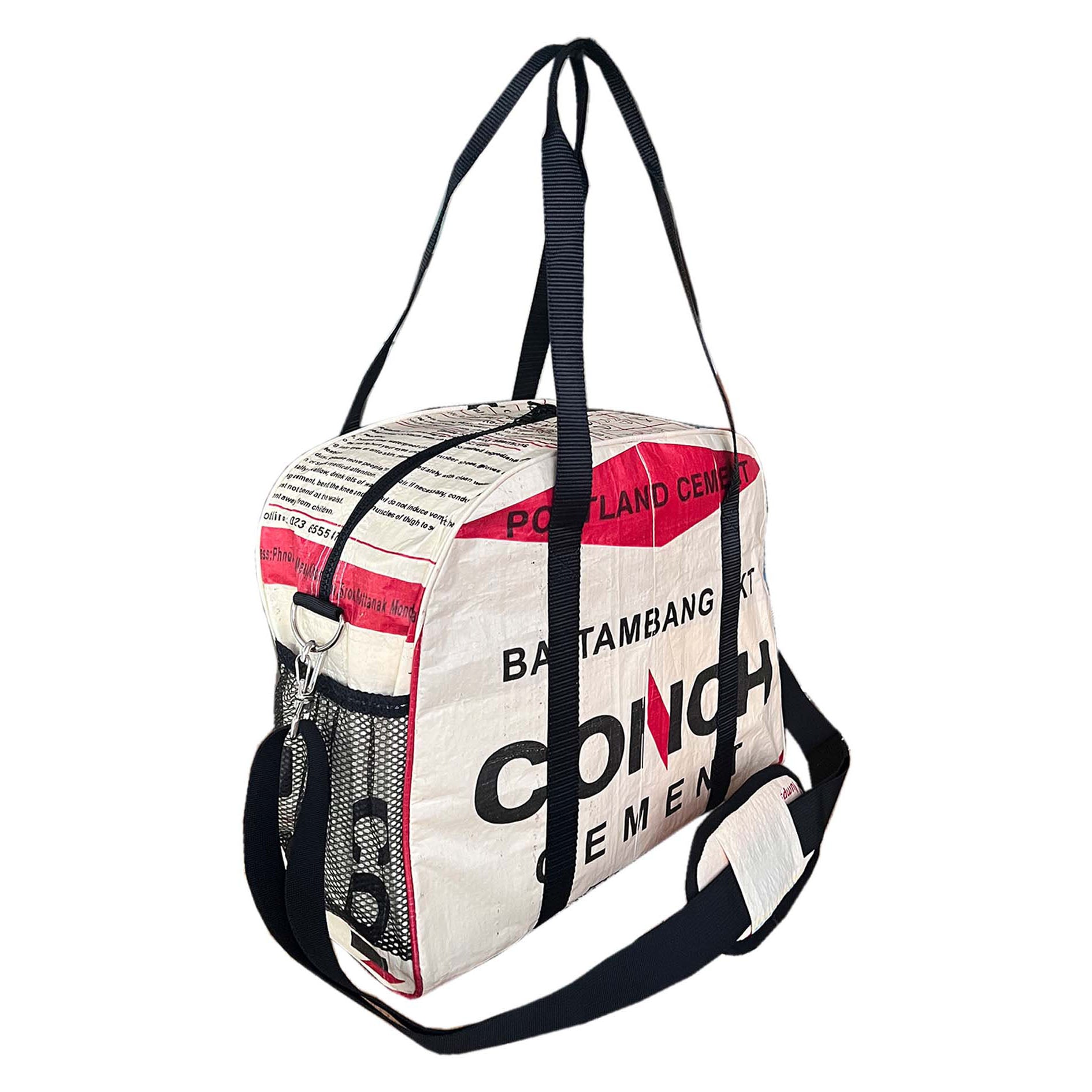


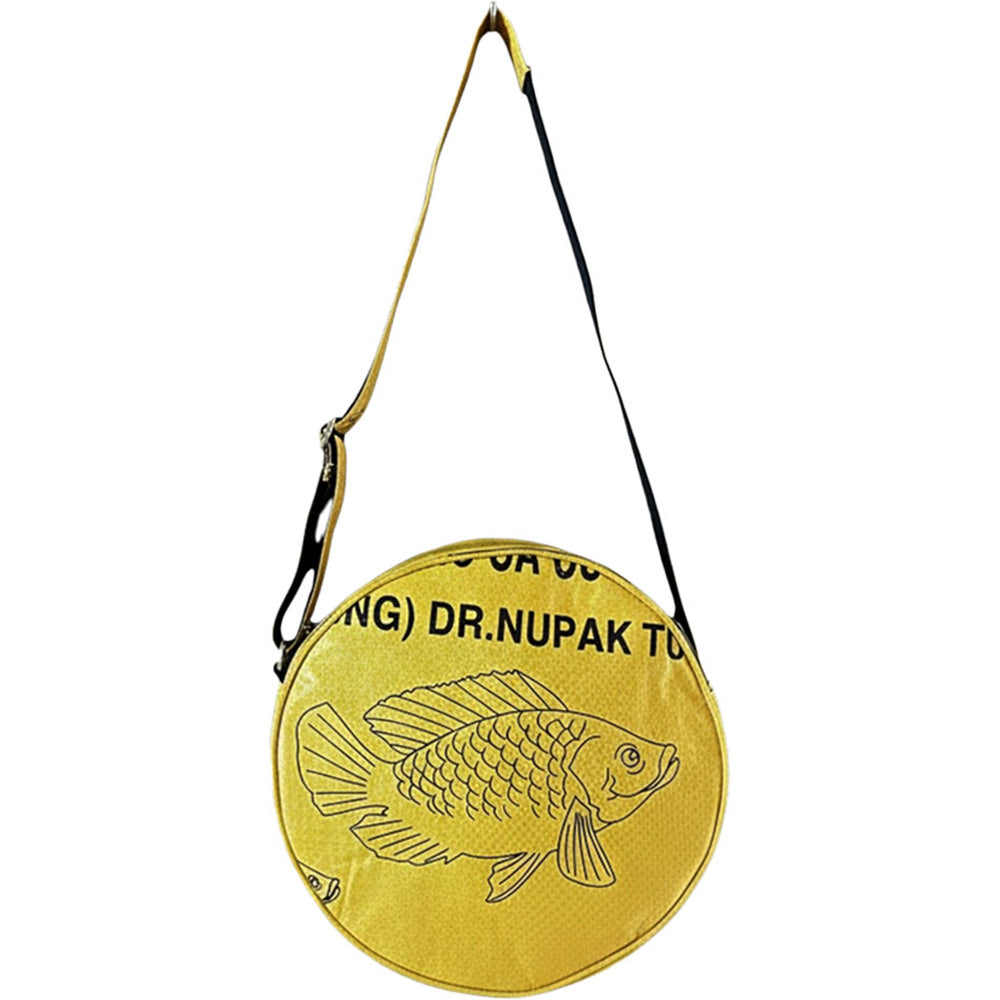
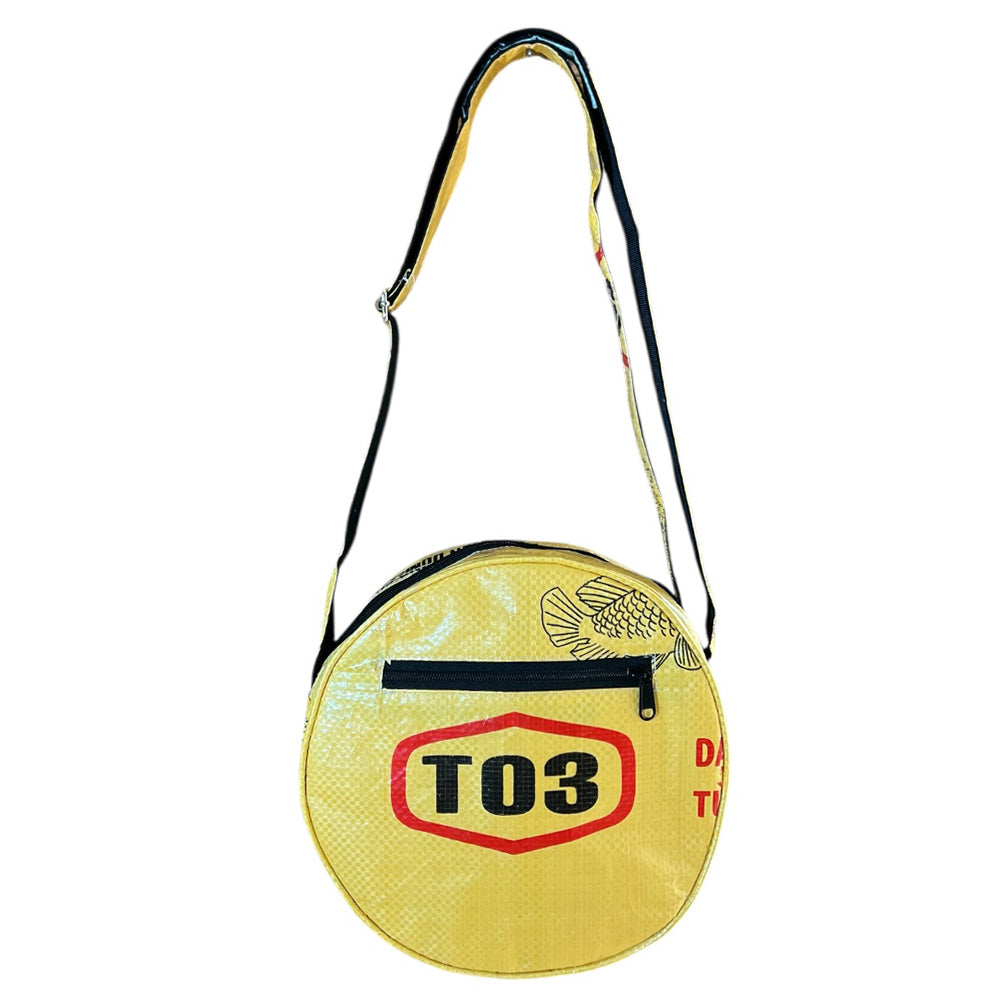


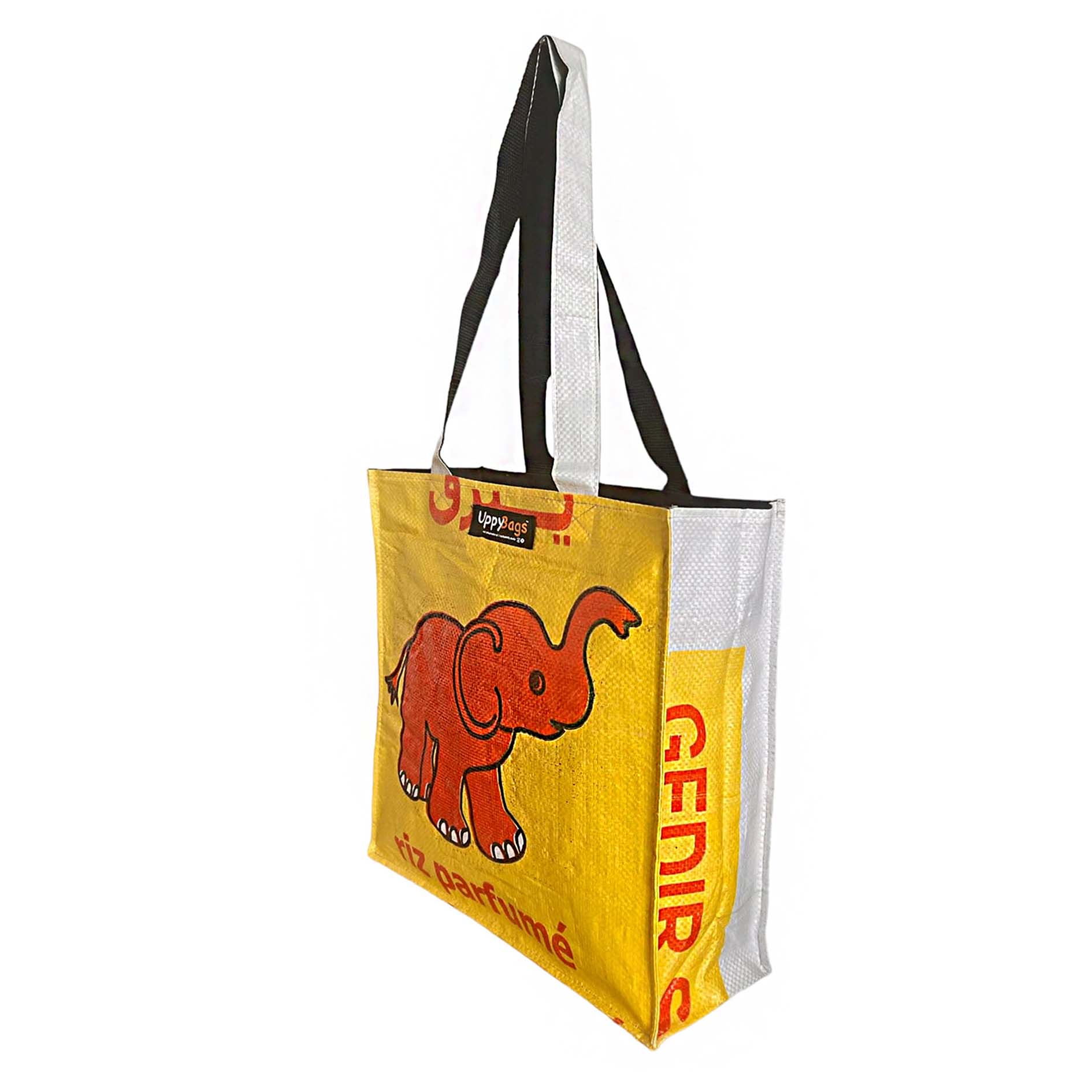
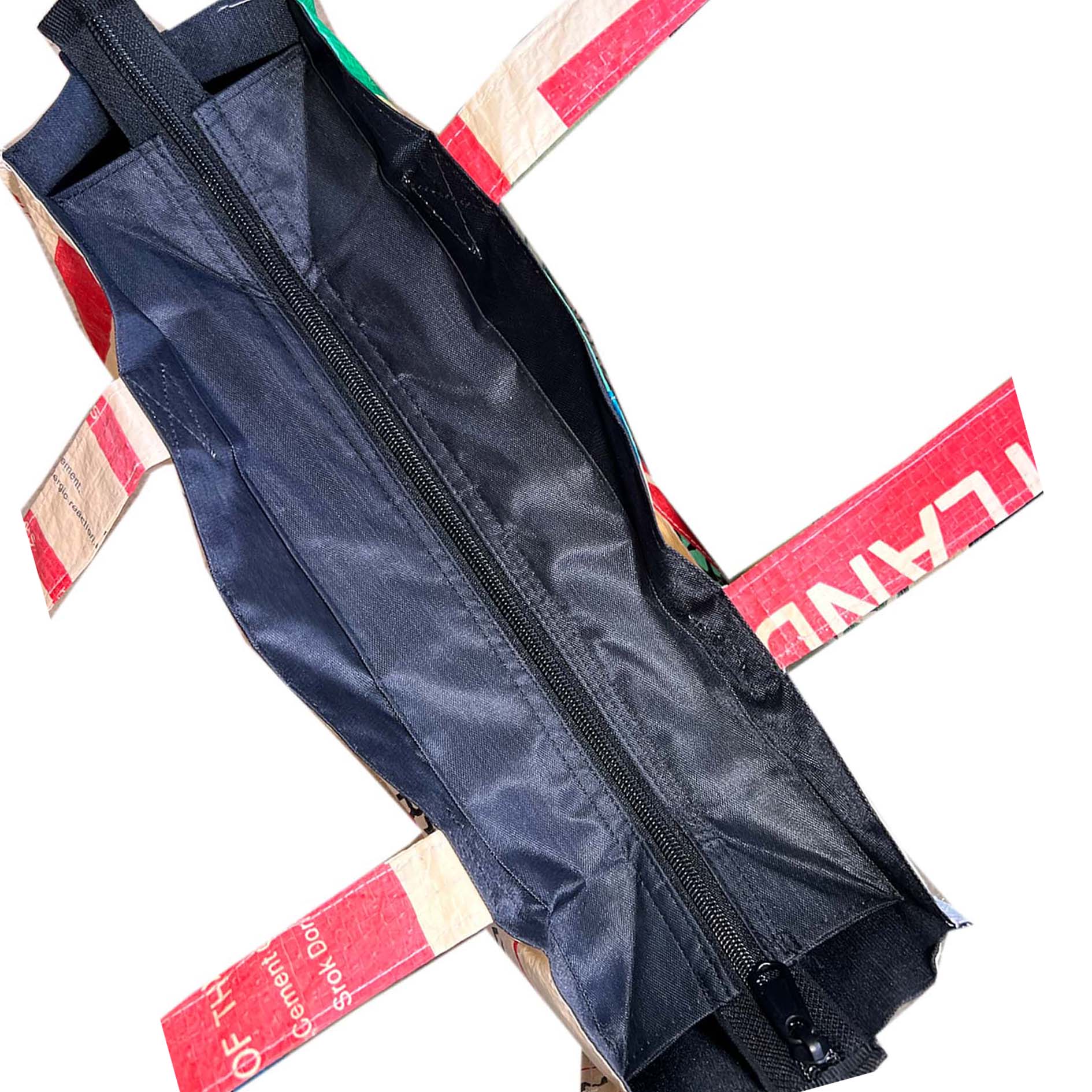
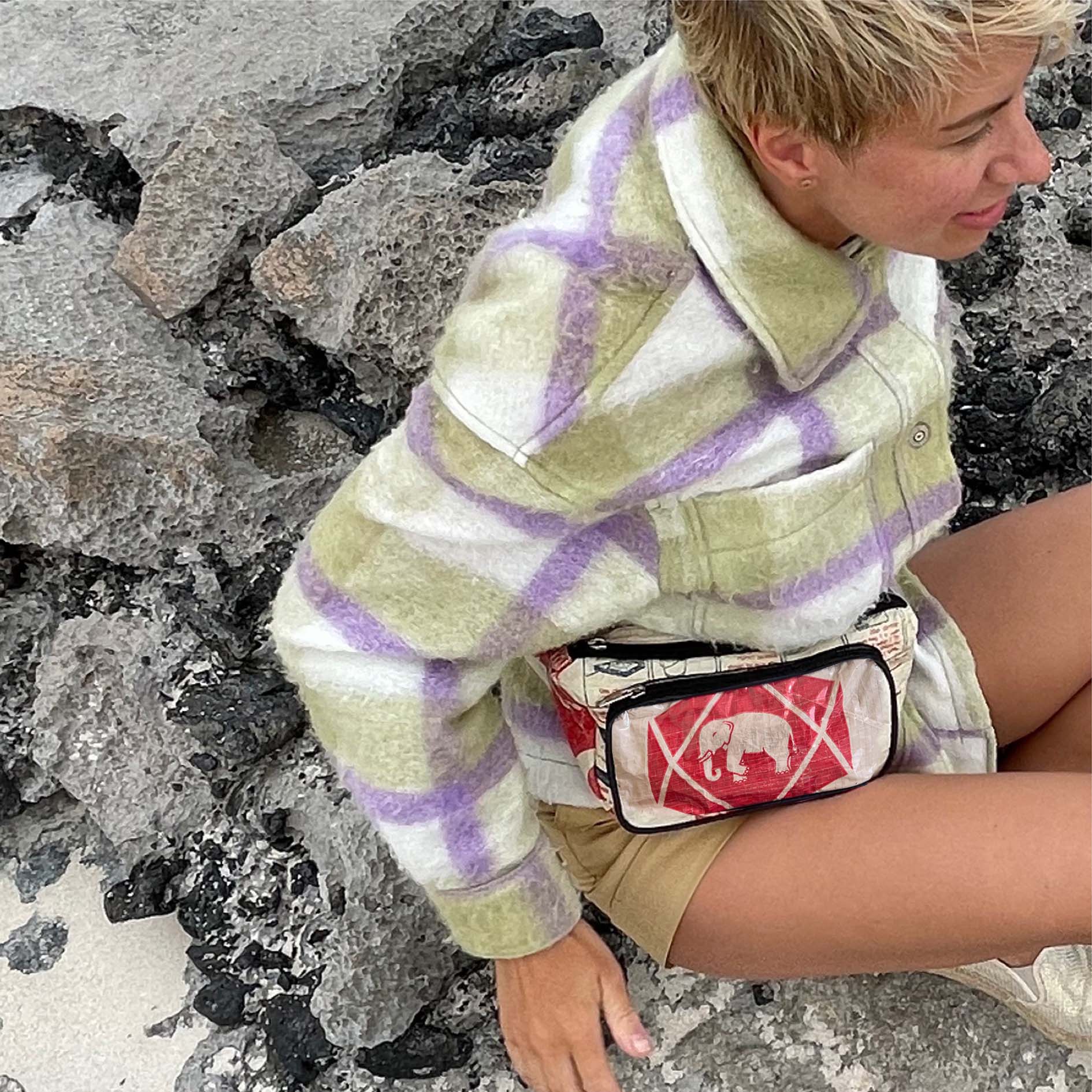
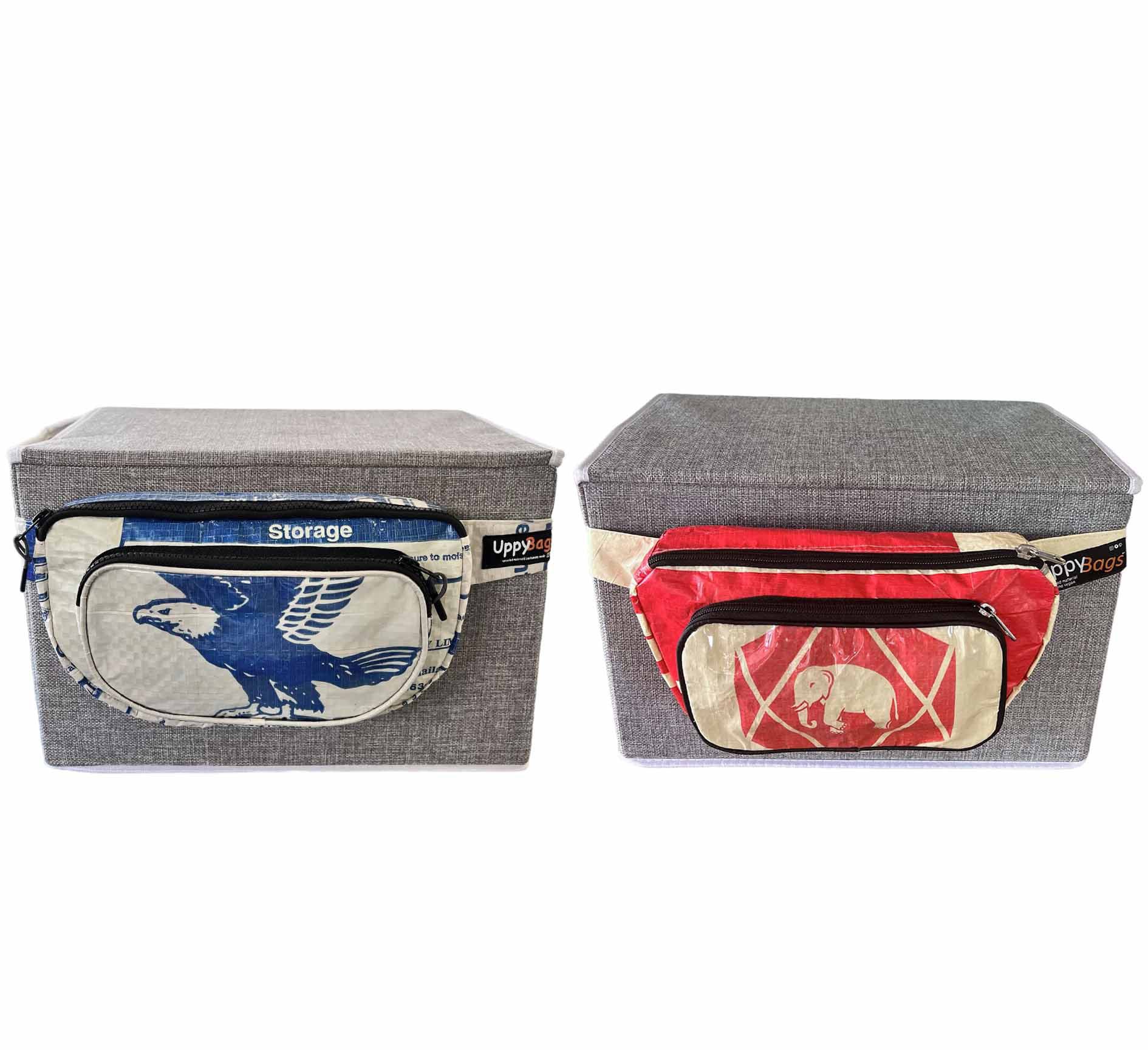
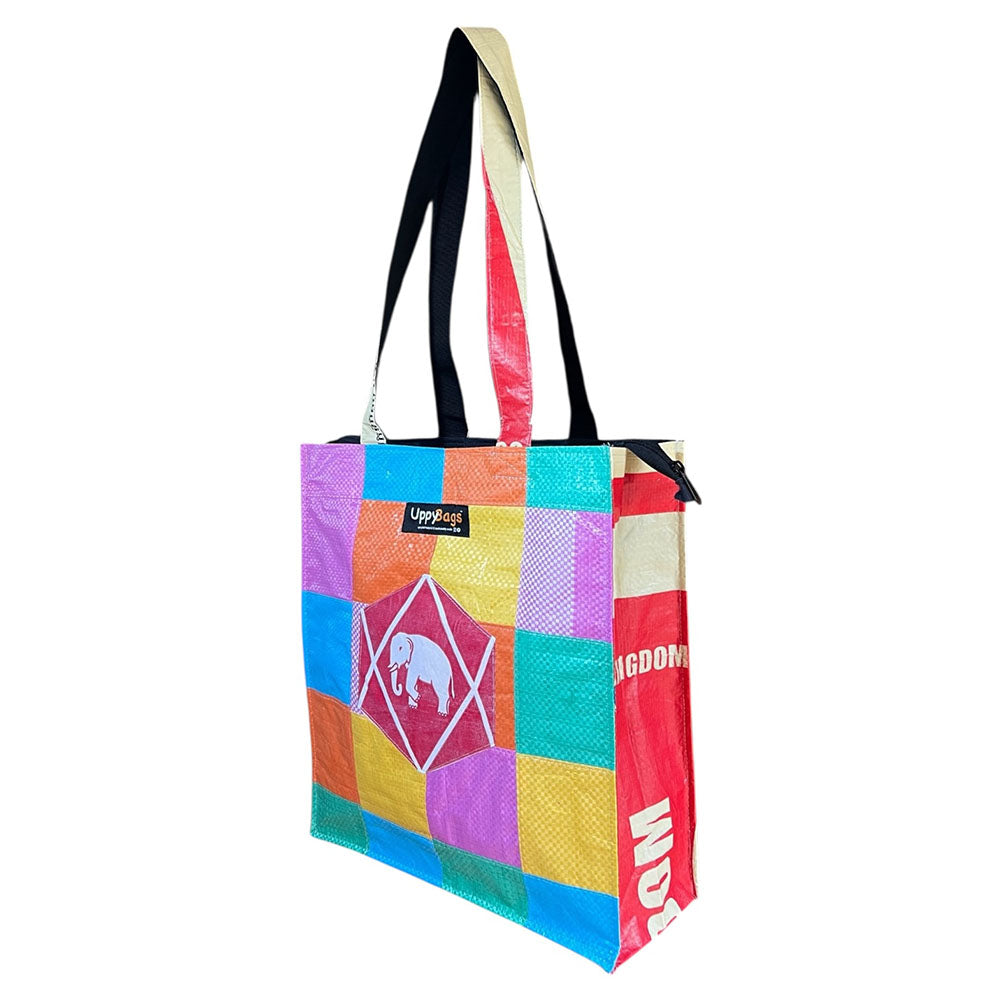
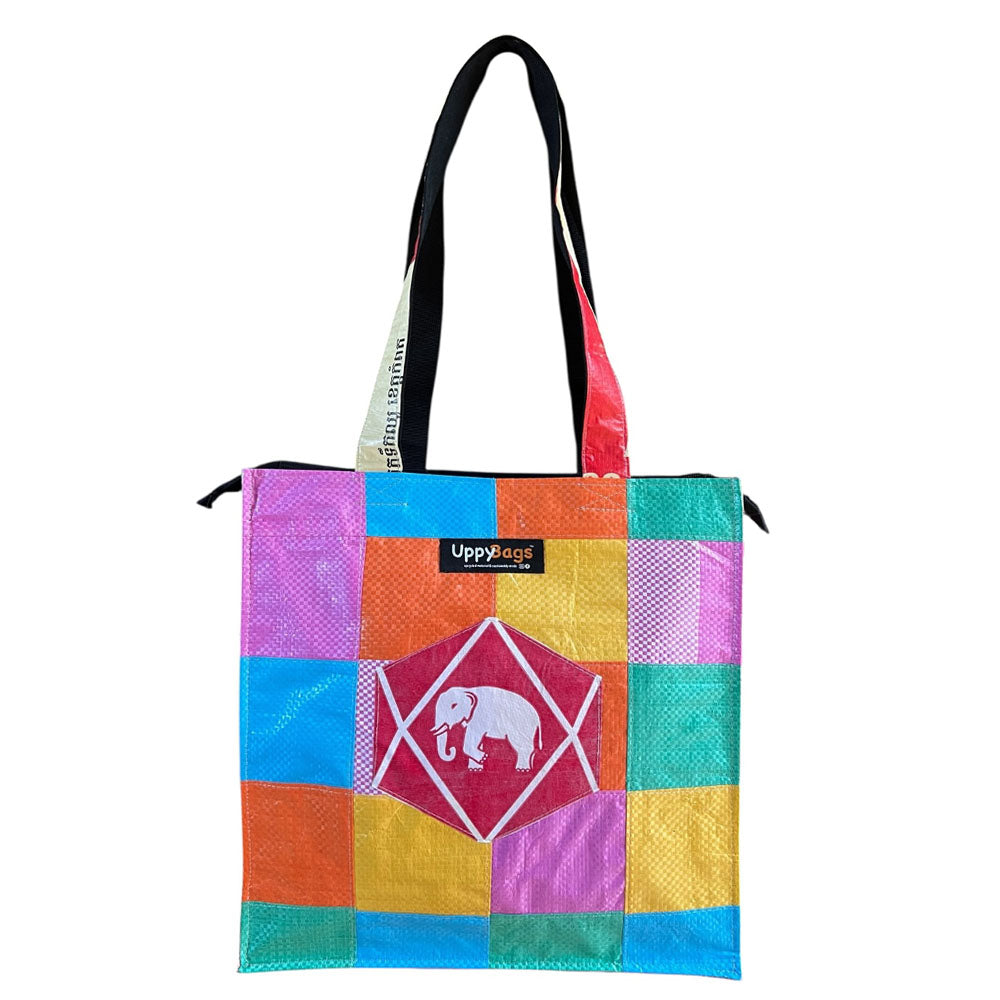

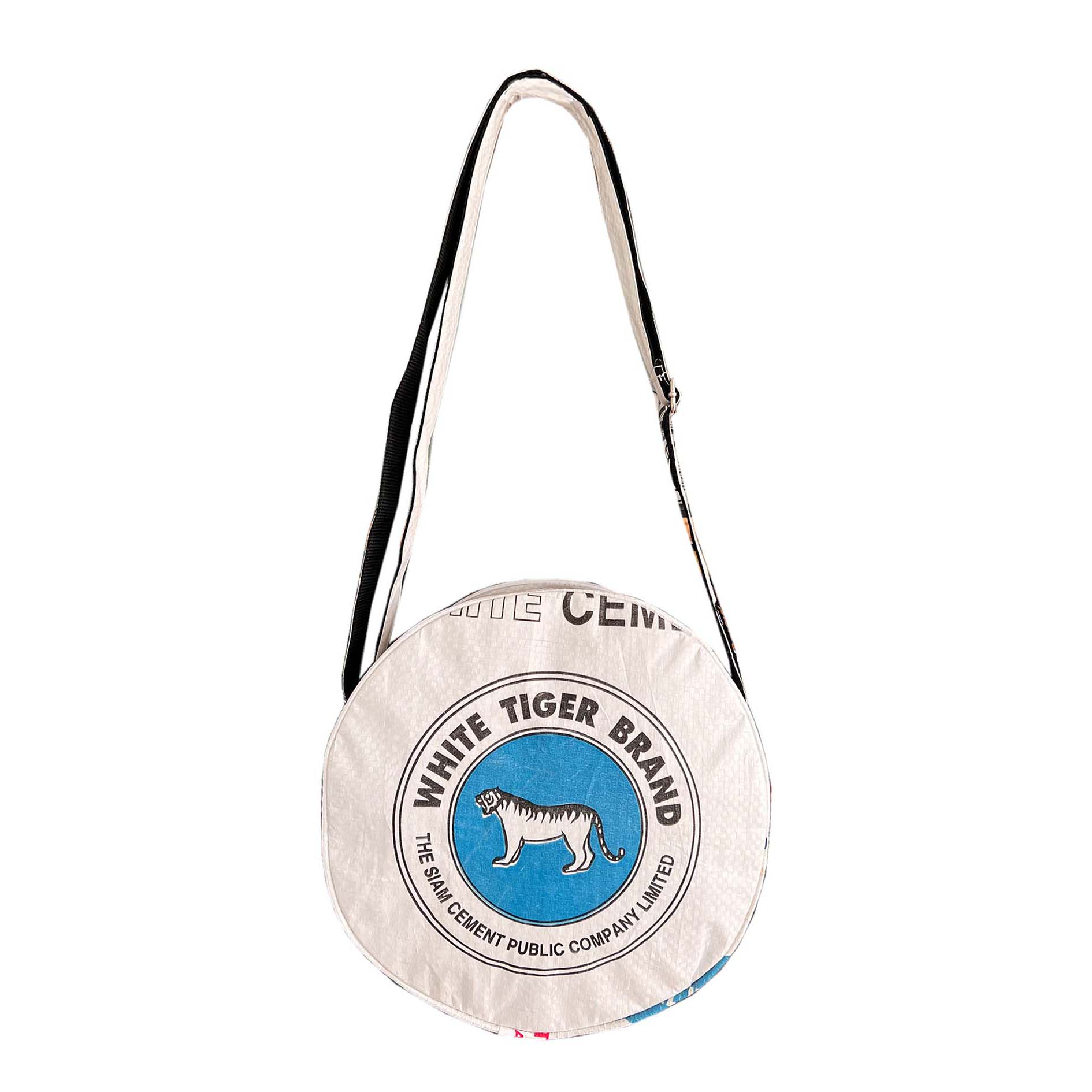
Leave a comment
This site is protected by hCaptcha and the hCaptcha Privacy Policy and Terms of Service apply.